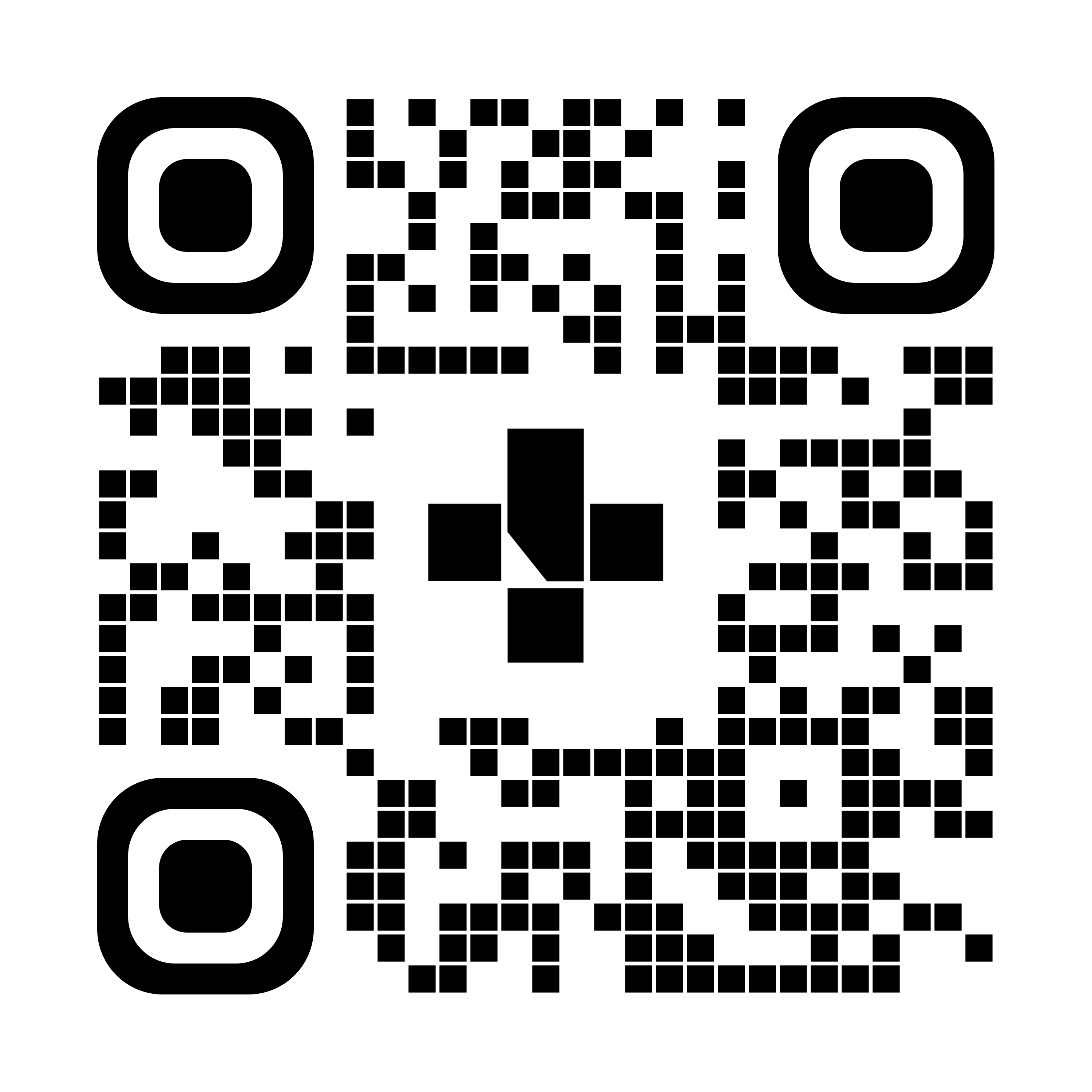Sclerotherapy
Before your procedure
What is sclerotherapy?
Sclerotherapy is a procedure to treat some types of blood vessels or parts of your lymph system that aren’t formed in the usual way. They may be crooked, twisted, or just abnormal. These abnormal clusters of vessels or lymph structures usually start to develop before you were born.
Sclerotherapy involves a healthcare provider injecting a solution, called a sclerosing agent or sclerosant, into these abnormal blood or lymph vessels. The healthcare provider will use imaging, like ultrasound or fluoroscopy, to help guide the injection to the area where you need it. This type of imaging gives your healthcare provider a constant view of the area being treated.
The solution (sclerosant) causes inflammation and scarring. This causes the area that’s abnormal to shrink and you to have less pain in that area. Depending on the size and the location of the area being treated, you may need more than 1 treatment. Sclerotherapy can be used together with other treatments. Your healthcare team will talk with you about what may work best for you.
The solution may cause a burning or cramping feeling for a few minutes. The level of pain or discomfort you feel may be different depending on the location of the treatment. You’ll get medicine for pain during the procedure if you need it. Children who have sclerotherapy will often get medicine (general anesthetic) to put them asleep during the procedure. After your procedure, you may have mild to moderate pain. You can treat this with an over-the-counter pain medicine.
Risks involved in sclerotherapy include infection, blood clots, skin blisters, skin breakdown, and scarring or staining of the skin. In rare cases, there may be some nerve damage.
Before your procedure
- It’s important for you to understand exactly what procedure you’re going to have. Know the risks, benefits, and what your options are.
- Tell your healthcare team about all the medicines and natural health products you take. Some may put you at higher risk of problems during your procedure. Your doctor will tell you if you should stop taking any medicines and when you can start taking them again after your procedure.
- Depending on the type of solution that will be injected during your procedure, for 24 hours before your procedure, avoid:
- any activity that may cause scrapes or cuts to your skin or cause an injury, such as contact sports
- any bandages or tape on your skin (any adhesives)
- shaving your skin in the area that’s going to be treated
- Arrange for a ride to and from the hospital or clinic. You may not be able to drive yourself home after your procedure.
- Wear loose, comfortable clothes when you come for your procedure. You may be asked to change into a hospital gown for your procedure.
- You may be asked to buy a compression garment (stockings or sleeve) that you’ll wear after your procedure. Your healthcare team will give you the information you need about this.
- Make sure that your healthcare team has a copy of your advance care plan. If you don’t have one, you may want to prepare one. It lets others know your healthcare wishes. Before any type of surgery or procedure is a good time to review your advance care plan.
Day of the procedure
- Bring picture ID and your Alberta Health Care card.
- Bring a list of all the medicine you’re currently taking, including vitamins, natural health products, and over-the-counter medicines.
- You may be asked not to eat or drink if you’ll be getting a general anesthetic or medicine that makes you sleepy and helps you relax (procedural sedation). Follow the instructions you get for eating and drinking before the procedure carefully. If your doctor told you to take your usual medicines on the day of your procedure, take them with only a sip of water.
- Take a bath or shower before you come in for your procedure. Do not use lotions, perfumes, and deodorants. Remove nail polish from your fingers and toes.
- Take off all jewelry and piercings. If you wear contact lenses, leave them at home or take them out before your procedure.
- Bring your compression garments with you if you’ve been asked to buy these before your procedure.
Call your healthcare provider if:
- you have questions or concerns
- you don’t understand how to prepare for your procedure
- you become ill before the procedure (such as a fever, flu, or cold)
- you need to reschedule or have changed your mind about having the procedure
To see this information online and learn more, visit MyHealth.Alberta.ca/health/pages/conditions.aspx?Hwid=custom.ab_diagnosticimaging_sclerotherapy_pc.

For 24/7 nurse advice and general health information call Health Link at 811.
Current as of: November 19, 2024
Author: Diagnostic Imaging, Alberta Health Services
This material is not a substitute for the advice of a qualified health professional. This material is intended for general information only and is provided on an "as is", "where is" basis. Although reasonable efforts were made to confirm the accuracy of the information, Alberta Health Services does not make any representation or warranty, express, implied or statutory, as to the accuracy, reliability, completeness, applicability or fitness for a particular purpose of such information. Alberta Health Services expressly disclaims all liability for the use of these materials, and for any claims, actions, demands or suits arising from such use.
